Affiliate links on Android Authority may earn us a commission. Learn more.
Which manufacturer updates its phones fastest? Android Oreo edition
Published onJune 17, 2018
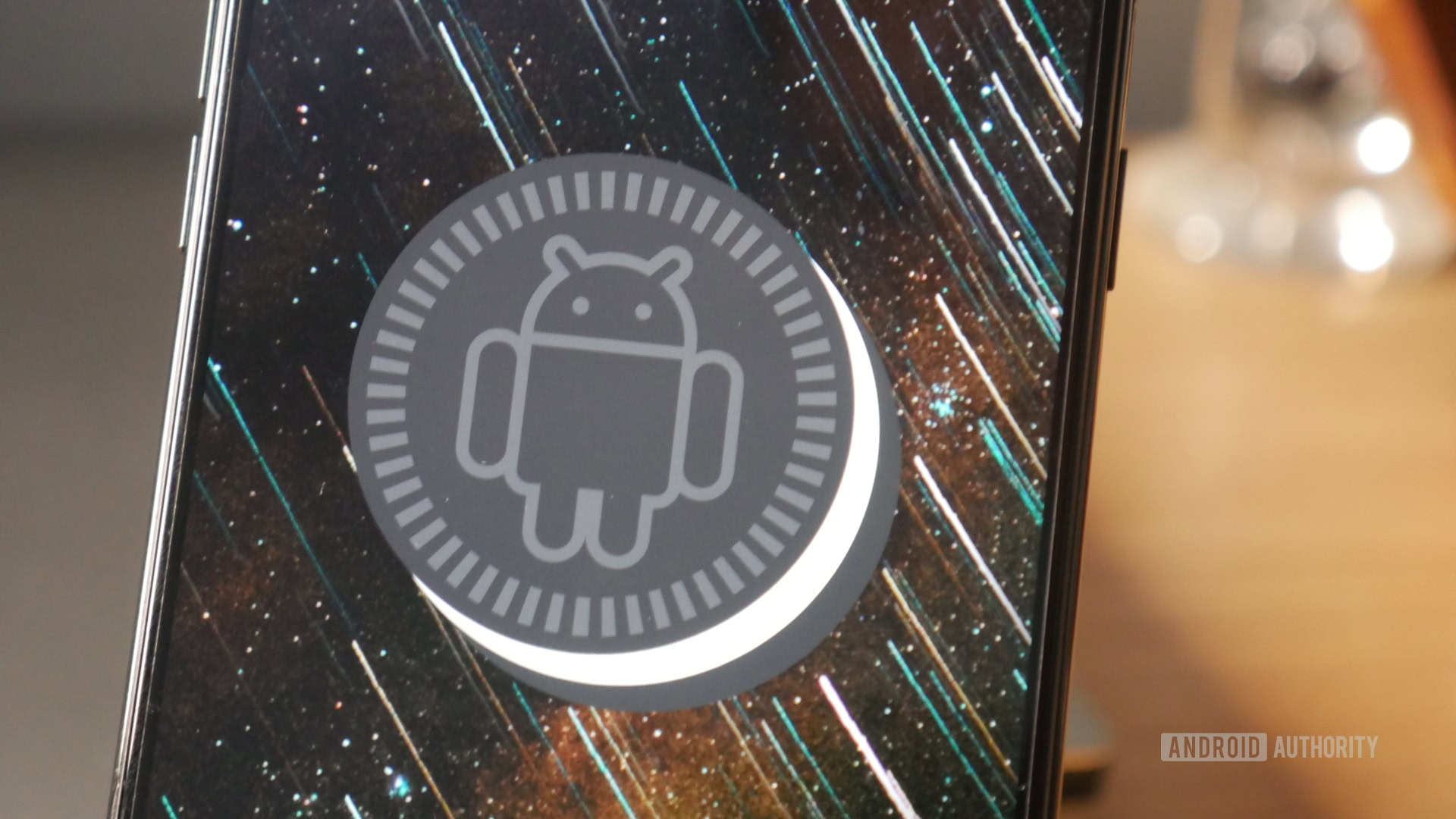
As Android Oreo approaches its first anniversary, and Android P looms on the horizon, we thought it was time for a bit of a retrospective.
Android Oreo, the latest major Android version, officially released n Aug. 21, 2017. Some of you might be lucky enough to now own a device running it. Many of you — apparently around 94 percent — are still waiting.
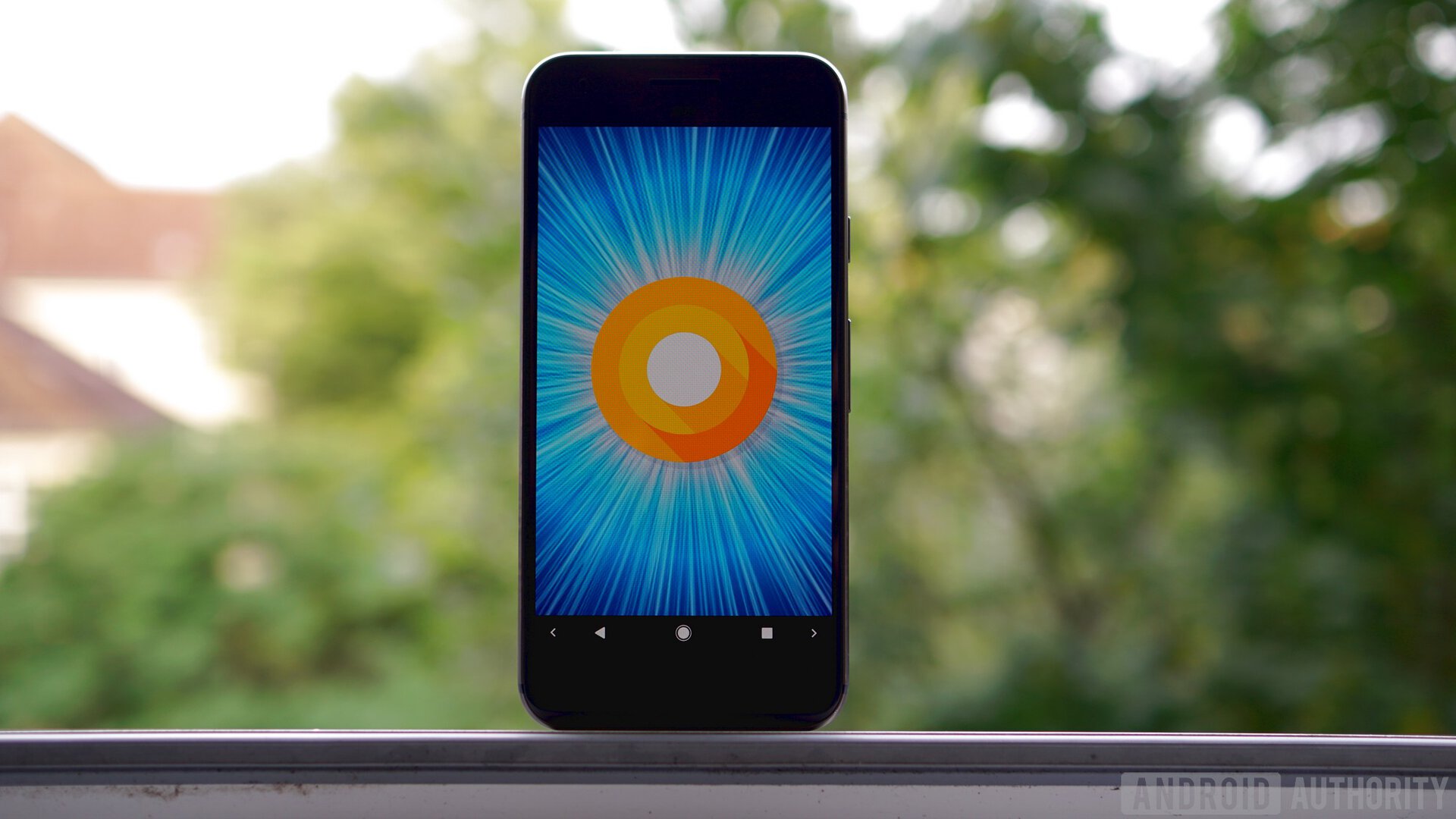
Third-party manufacturers have had plenty of time to adopt the new software and deliver it to their handsets. Which did it quickest?
If you’re eyeing a smartphone upgrade and want one that delivers timely updates, we’re here to point you in the right direction. The coverage below should provide insight into which manufacturers take OS upgrades seriously, and who you can probably trust to deliver a quick upgrade to Android P when it eventually arrives. Enjoy.
Some notes:
- The information is based largely on our Android Oreo update tracker page: you can find all the relevant links there.
- We’ve placed a greater focus on flagship devices because they’re the ones that tend to be updated fastest and are in most people’s hands. We’ve also favored the U.S. market, though we’ve included OEMs that don’t sell phones there.
- We don’t include Google because it’s the starting point for Android updates, so it’s the fastest OEM by default. If you simply want a phone that is guaranteed to be updated quickly, get a Pixel.
- We’ve ranked Android manufacturers from best to worst based on our own estimations of their performance. This is a quick-and-dirty guide rather than the final word on updates. Take it for what you will.
1. Sony
Time to roll out first U.S. Oreo update: 63 days.
Sony became an unlikely hero of Oreo — an Orhero, if you like [I do not like — Ed.] — getting six of its latest devices up and running with Android 8.0 by mid-March. Sony was also one of the few manufacturers to get Oreo out at the back end of 2017, slapping it on the Xperia XZ Premium on Oct. 23, and rolling it out for the Xperia XZ, XZs, and X Performance on Nov. 27. The Xperia X and X Compact followed this year on Feb. 5.
Those later updates to Sony’s 2016 line-up put the March timeframe in which many other Android OEMs first released Oreo to shame. Sony also took just ten days to confirm which of its existing handsets would receive the new Android version, making it accountable, and setting some fans’ minds at ease.

Sony hasn’t exactly been a standout Android manufacturer in the last couple of years, but it has made a concerted effort towards timely updates, and could be a safe bet for fast updates in the future.
2. HMD Global (Nokia)
Time to roll out first U.S. Oreo update: 95 days.
HMD Global is up there with Sony. Not only was it faster than most in delivering its first Android 8.0 update, rolling out Oreo to the Nokia 8 last November, it kept up the pace early in the New Year, getting Oreo to Nokia 5, Nokia 6, and Nokia 7 devices before the end of January.
HMD Global is also open about when and where it is rolling out updates (follow the company’s affable chief product officer Juho Sarvikas on Twitter to stay up to date) and has already promised to upgrade all of its smartphones to Android P.

That vow might be easier for HMD Global to make than for a more established Android OEM, considering its relatively small catalog of devices. Yet by the same token, it also lacks the resources of larger Android manufacturers, so it’s still bold, transparent, and, most importantly, incredibly consumer friendly.
Looking ahead, a Nokia device could be a great move for your next Android phone — it’s just a shame HMD has yet to truly compete with the most premium flagships on the market.
3. OnePlus
Time to roll out first U.S. Oreo update: 90 days.
The ever-controversial OnePlus managed to roll out Android 8.0 in a timely fashion, releasing it for the OnePlus 3 and 3T in November, and the OnePlus 5 and 5T in January. The company followed up with Android 8.1 Oreo for the OnePlus 5 in March and to the OnePlus 5T in April, before some OEMs had even released the first build.
Like HMD Global, OnePlus has a smaller catalog of phones and a UI that’s very similar to stock Android, giving it less work to do when Google drops new software. OnePlus is also communicative about updates on Twitter and in its forums, and deploys frequent, incremental upgrades based on user feedback.
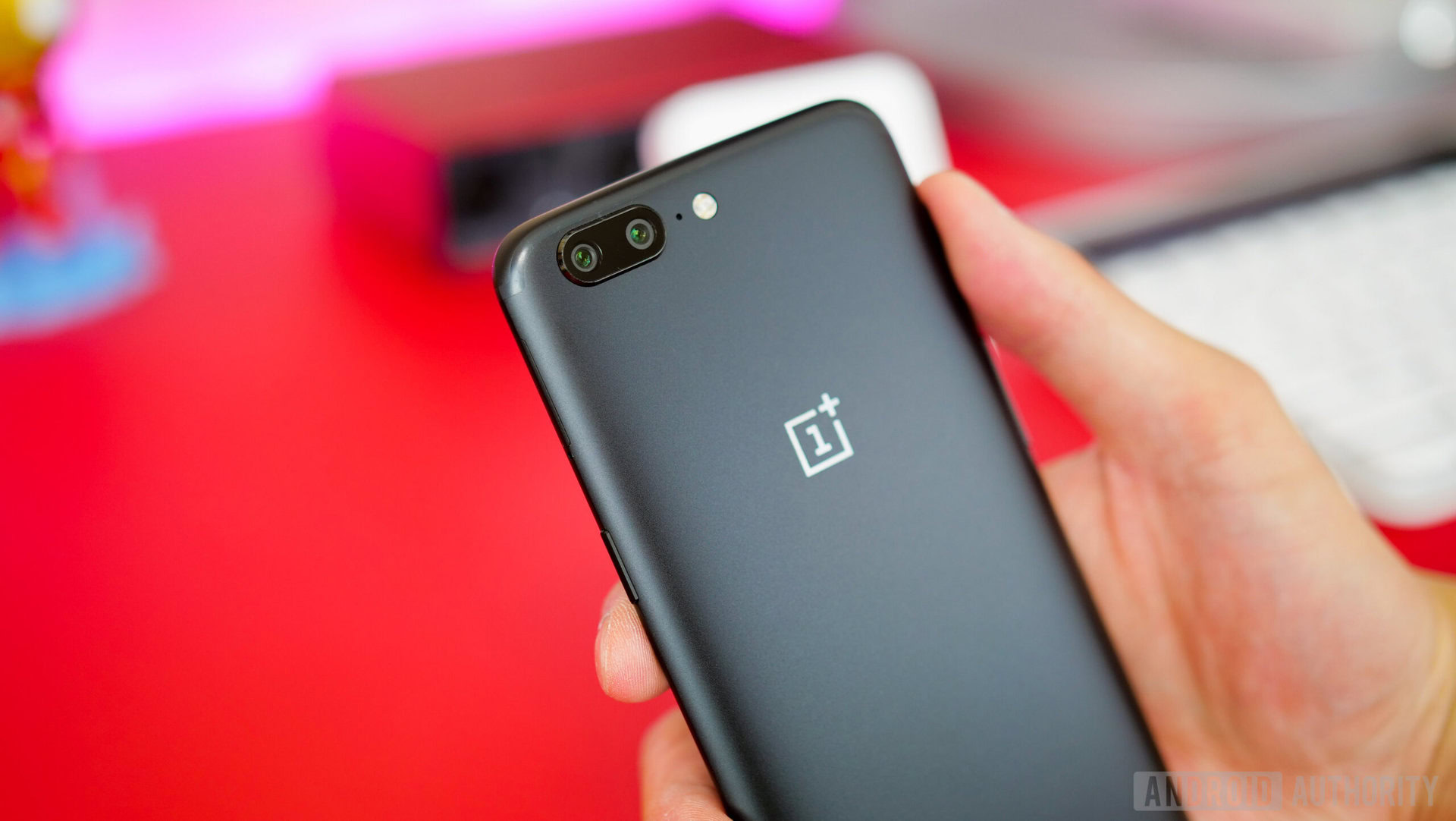
The company was good about upgrading its phones to Orea, but it’s important to remember the news from 2017 that the OnePlus 2 will never receive Android Nougat. This was expected, given the device’s lifespan and flagship-killer moniker, but we can’t rule out the same happening again for future OnePlus flagships.
Furthermore, the OnePlus 5T was released in November 2017 and really should’ve just had Oreo out of the box.
Regardless, based purely on the Oreo updates it’s rolled out, OnePlus has been among the better performers.
4. HTC
Time to roll out first U.S. Oreo update: 98 days.
HTC’s mobile business may be in the middle of a pretty serious rough patch, but for the past two years it’s come out near the top end of the Android OEM pile for update speed.
HTC got the Oreo ball rolling in 2017, updating the HTC U11 and U11 Life in November, and pushing the update to its 2016 flagship, the HTC 10, the following February. HTCalso updated the U Ultra, released February 2017, with Oreo this April.
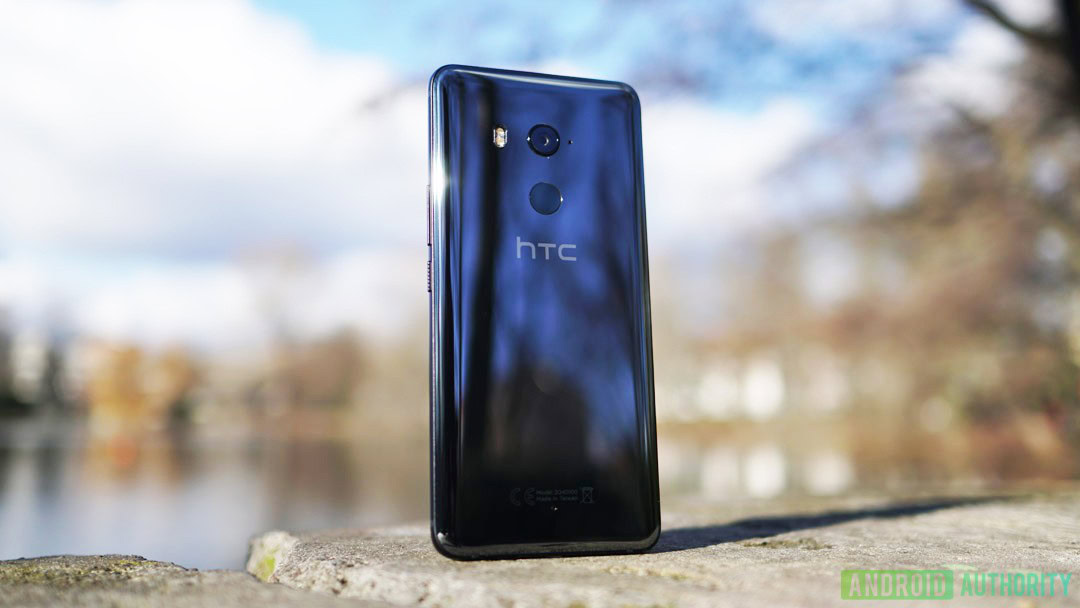
Considering the company’s restructuring and layoffs earlier this year, whether it will be able to continue in the same vein going forward is anybody’s guess. HTCalso lost its beloved update promoter earlier this year, the man, the myth, the legend, Mo Versi, so even if future updates are nippy HTCmay not be as open with its communication.
It’s also worth noting the company’s 2018 flagship, the HTC U12 Plus, launched with Android 8.0 Oreo instead of 8.1. It would have been nice to see the latest version of Android running on the $800 phone.
5. ASUS
Time to roll out first U.S. Oreo update: 130 days.
ASUS released Oreo for the ASUS ZenFone 4 and ASUS ZenFone 3 in December and January, respectively — a decent start. It kept its head down until March with the ASUS 4 Pro update, and updated the ASUS Zenfone 3 Zoom and Deluxe in May.
It was patchy, but the rollout for its major devices puts ASUS ahead of some of the bigger players, which counts for something. You might want to avoid variants like the Zoom or Deluxe editions if you wish to dodge late deployments in future, though.
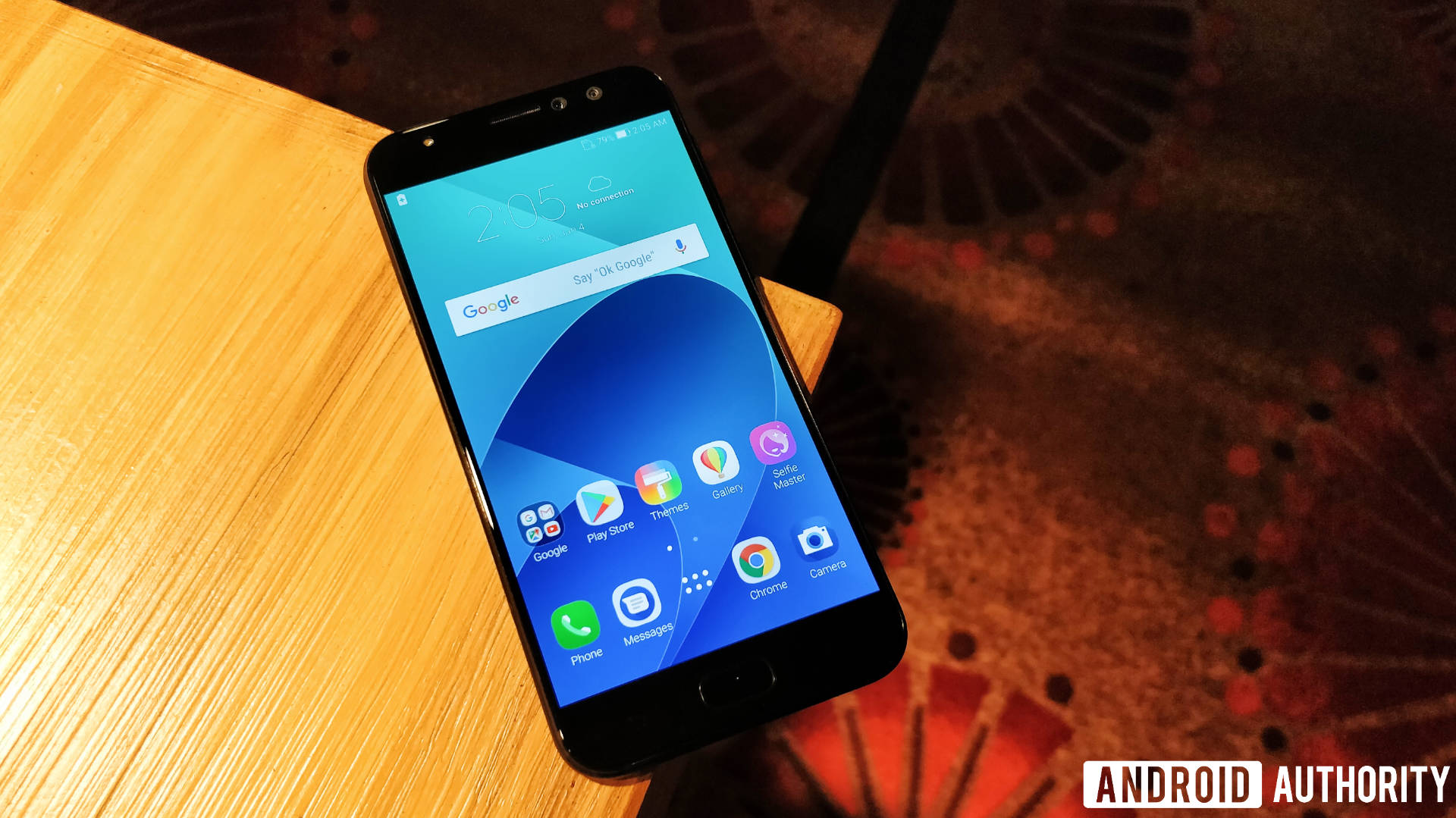
6. Xiaomi
Time to roll out first U.S. Oreo update: 131 days.
Xiaomi celebrates new versions of its MIUI software like few manufacturers do, even when it sometimes only produces minor improvements (nature inspired notifications, anyone?). It also spends a lot of time on them and tends to roll them out in batches.
However, Xiaomi managed to update the Mi A1, Mi 6, Redmi Note 5, Redmi Note 5 Pro, and a couple of others, between January and June this year.
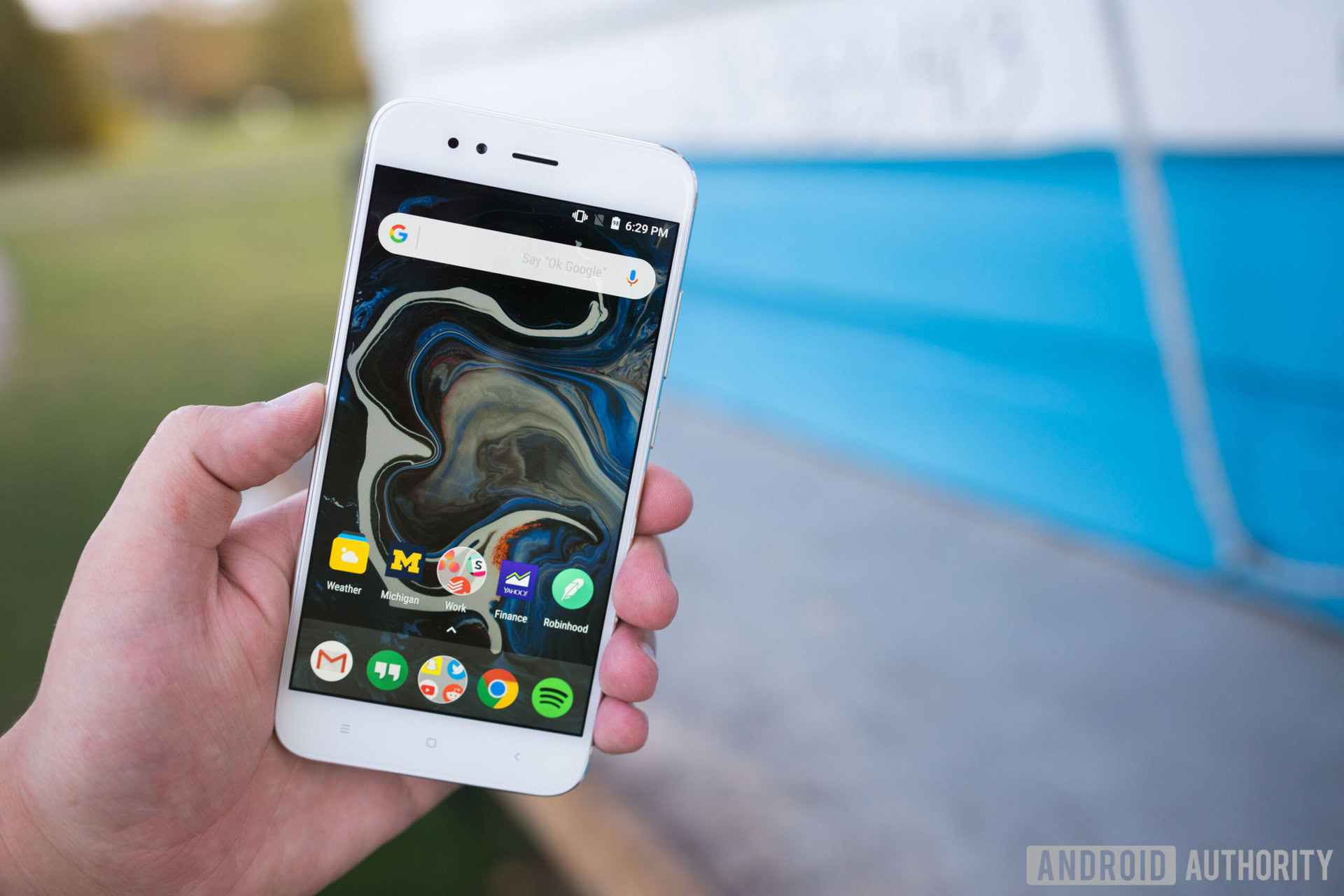
Xiaomi has historically been a manufacturer to avoid if you’re after timely updates, and it’s still far from the best, but the Android Oreo upgrades flowed far better than in previous years.
7. HUAWEI / HONOR
Time to roll out first U.S. Oreo update: 163 days.
HUAWEI had a better run with Oreo than previous Android versions. The Chinese giant got its 2016 flagship Mate 9 up and running with Oreo just before February 2018, and updated the P10 and P10 Plus — and HONOR 9 and HONOR 8 Pro from its sub-brand HONOR — by March 15.
Like its local rival, Xiaomi, HUAWEI has historically lagged behind most manufacturers with updates, tending to update several devices at once with a new version of its highly customized Android interface EMUI.
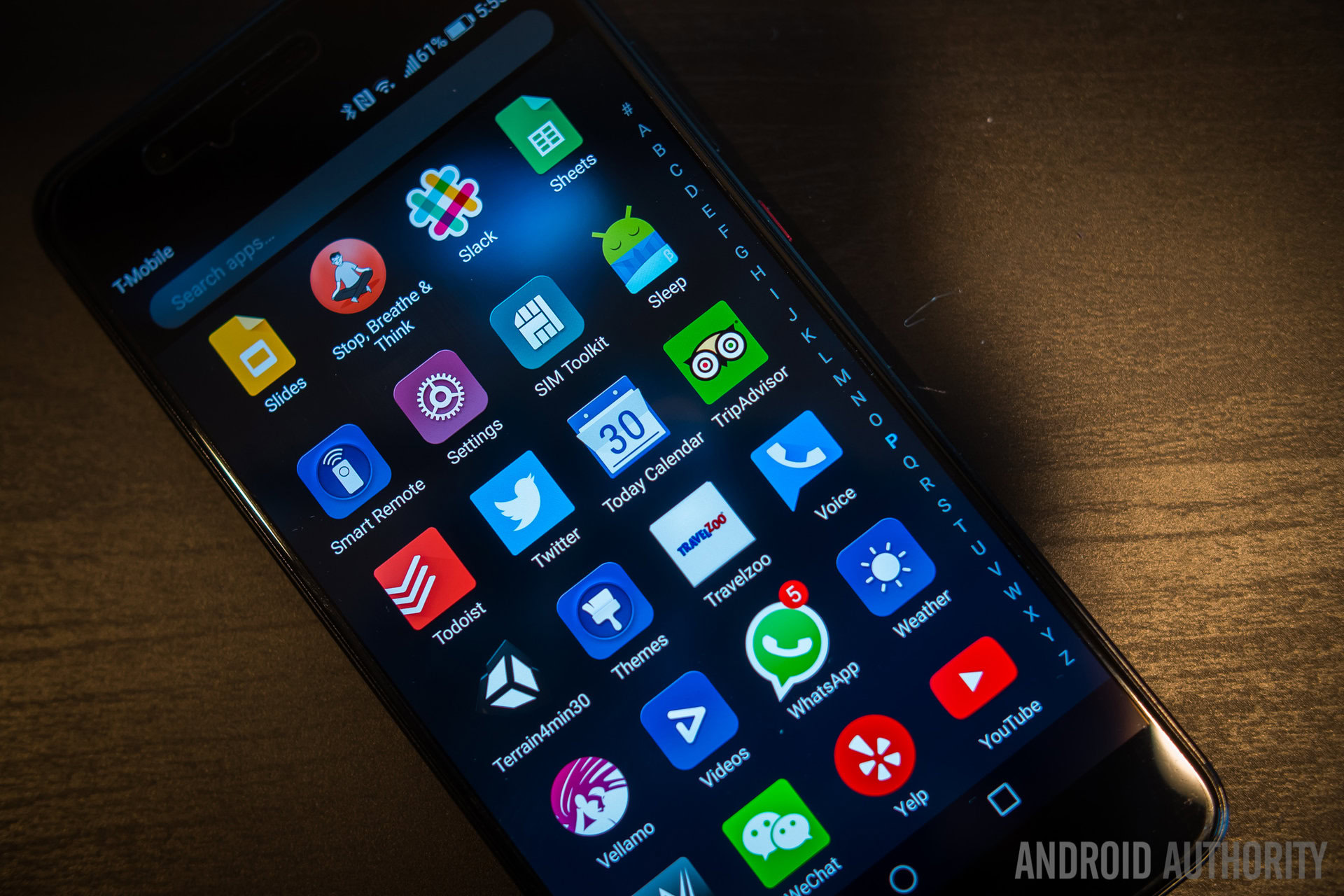
In the past, this has been many months after a new Android version is released. With Oreo, HUAWEI upped its game. We’d hardly call it a brilliant showing, but it’s at least a positive step for HUAWEI and gives us hope things will get better again when Android P rolls around.
8. Lenovo / Motorola
Time to roll out first U.S. Oreo update: 123 days.
Lenovo has been the architect of several notable disappointments recently, yet somehow its update rollout speed might be the worst of them all. It updated the Moto Z2 Force to Android 8.0 in December and the Moto X4 to Android 8.1 Oreo in March. Other main devices didn’t receive any kind of upgrade in the U.S. until May or later.
What’s even more frustrating is that soak tests were seen for some of the Moto Z series back in 2017, and it’s not like the phones have a highly customized Android skin to retool like HUAWEI or Xiaomi.
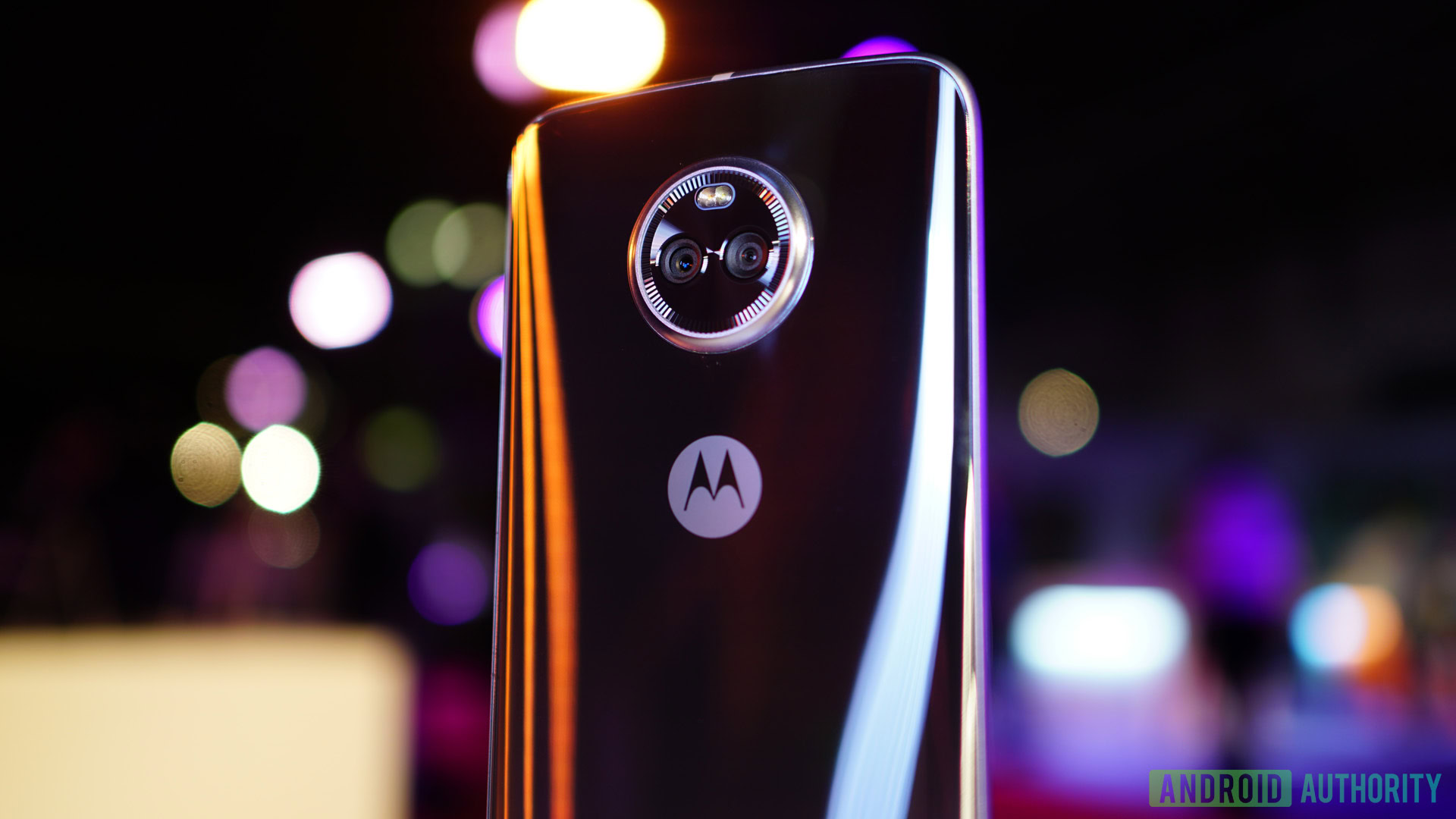
As with HTC, Lenovo has also fallen on hard times lately, with layoffs and rumors of a canceled phone. It has a comparatively broad catalog of phones, but only a fraction have been updated at all.
I wouldn’t bet on the brand for fast updates to Android P and we could be waiting some time for all of its eligible phones to get Oreo.
9. Essential
Time to roll out first U.S. Oreo update: 204
Putting Essential on the scale is tricky. It offered Oreo in open beta form way back in November last year, and improved the software several times over the course of the beta, rolling out OTAs on a monthly basis. This meant fans could try the work-in-progress version of the software on their phones ahead of the official rollout.
We must give credit to Essential for providing the option — not all manufacturers offer a beta period, let alone making it open and offering OTA updates — but Essential didn’t deploy the complete Android 8.1 Oreo software until around March 13. That’s still a long wait for Essential Phone owners who don’t want to flash early software builds on their devices (most users).
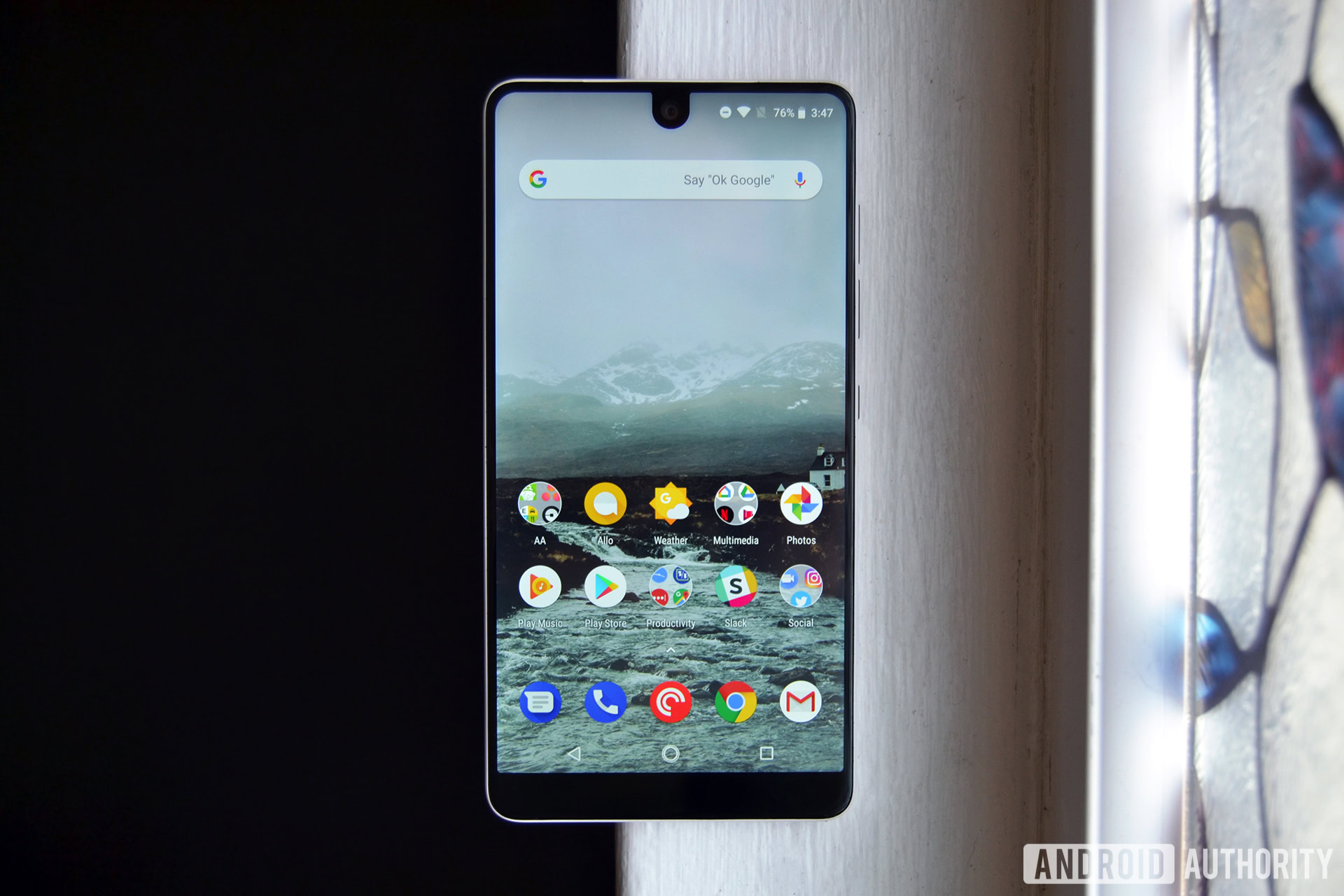
Things may improve with Android P, however, as Essential has a beta build of the new software up and running on its flagship already. Reports suggest an Essential Phone sequel may not be on the horizon, but the company hasn’t forgotten about its first device.
10. Samsung
Time to roll out first U.S. Oreo update: 207 days.
Samsung rolled Oreo out to its flagship Galaxy S8, S8 Plus, and Note 8 phones by around mid-to-late-March, more than six months after the software’s release. The update began rolling out with carriers before hitting the U.S. unlocked models in April.
Samsung rarely excels at updating its phones, but this was a shockingly poor performance. It should be a warning sign for potential Samsung Galaxy buyers — not to mention current Galaxy S9 owners. You could be waiting for several months in 2019 to see the Android P update roll out.
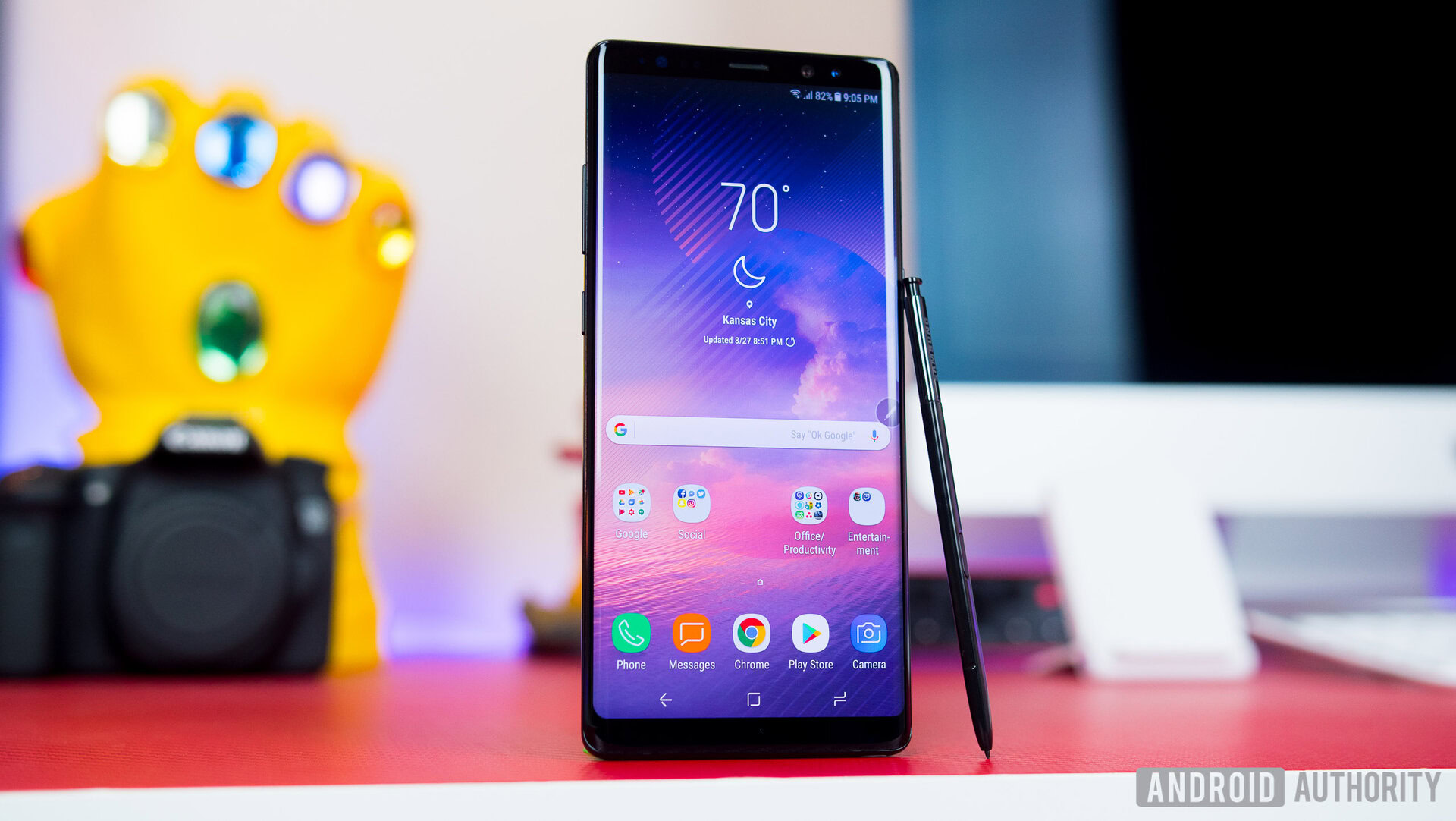
Samsung is in the process of updating the Galaxy S7 and S7 Edge to Oreo, meaning it is providing the 24-months of support we (rightfully) expect from Android phones. The South Korean company has also updated some of its lesser-known devices, like the Galaxy A series, in certain regions. Hey, it’s something.
Hopefully, Samsung can take advantage of the benefits of Project Treble to improve going forward. Goodness knows it needs to.
11. LG
Time to roll out first U.S. Oreo update: 203 days.
LG got off to a reasonable start with Oreo in South Korea, updating its then flagship the LG V30 before the new year. Unfortunately, things took a nosedive after that.
U.S. carriers didn’t begin updating the V30 until March, while LG pushed Oreo to the U.S. unlocked handset only in May.
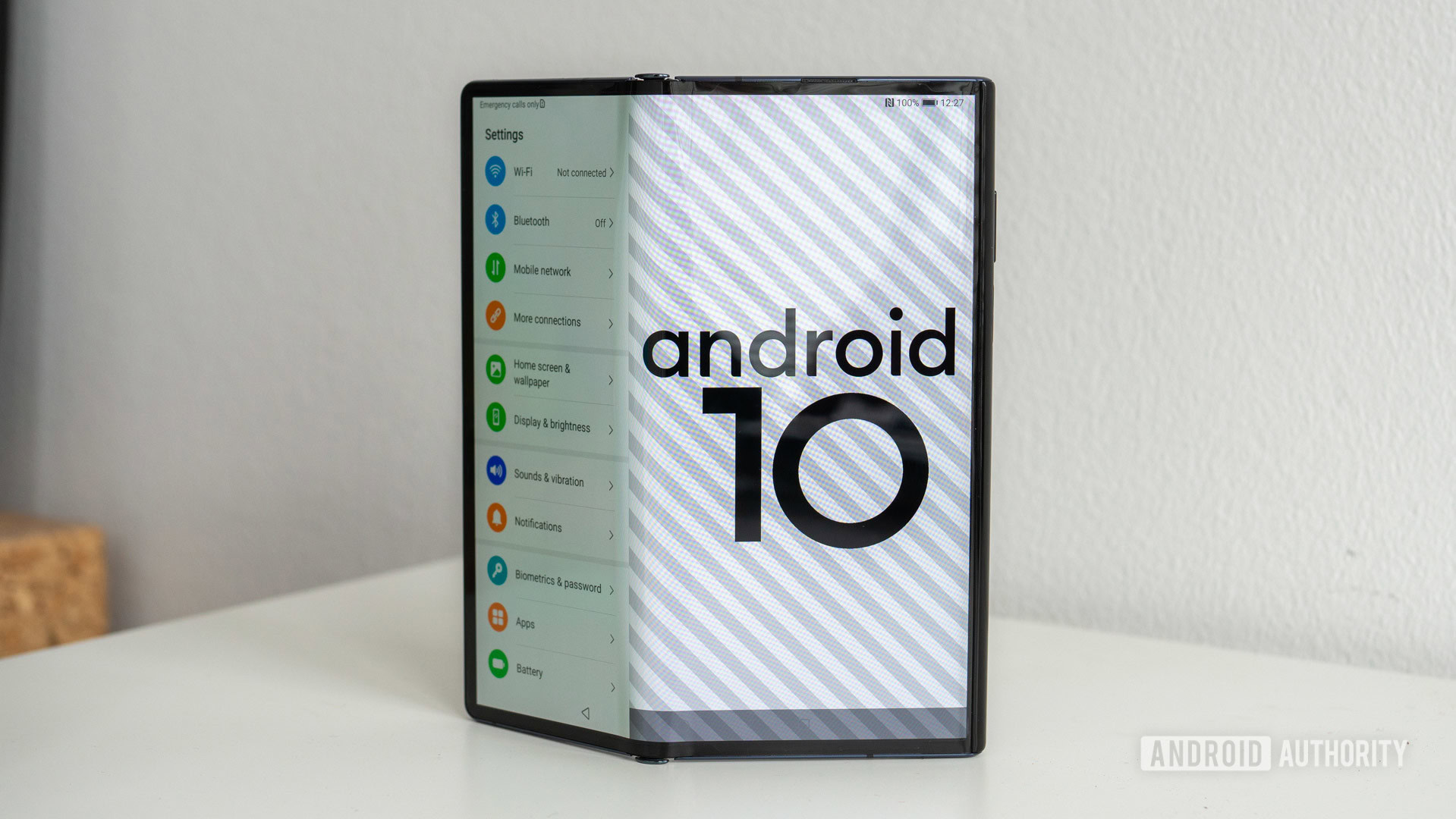
LG said it was updating its second most recent flagship, the LG G6, in late April, but it didn’t reach U.S. carriers until May and the U.S. unlocked models until June. LG confirmed Oreo is in the works for the LG G5 or the LG V20, but there’s still no sign of it.
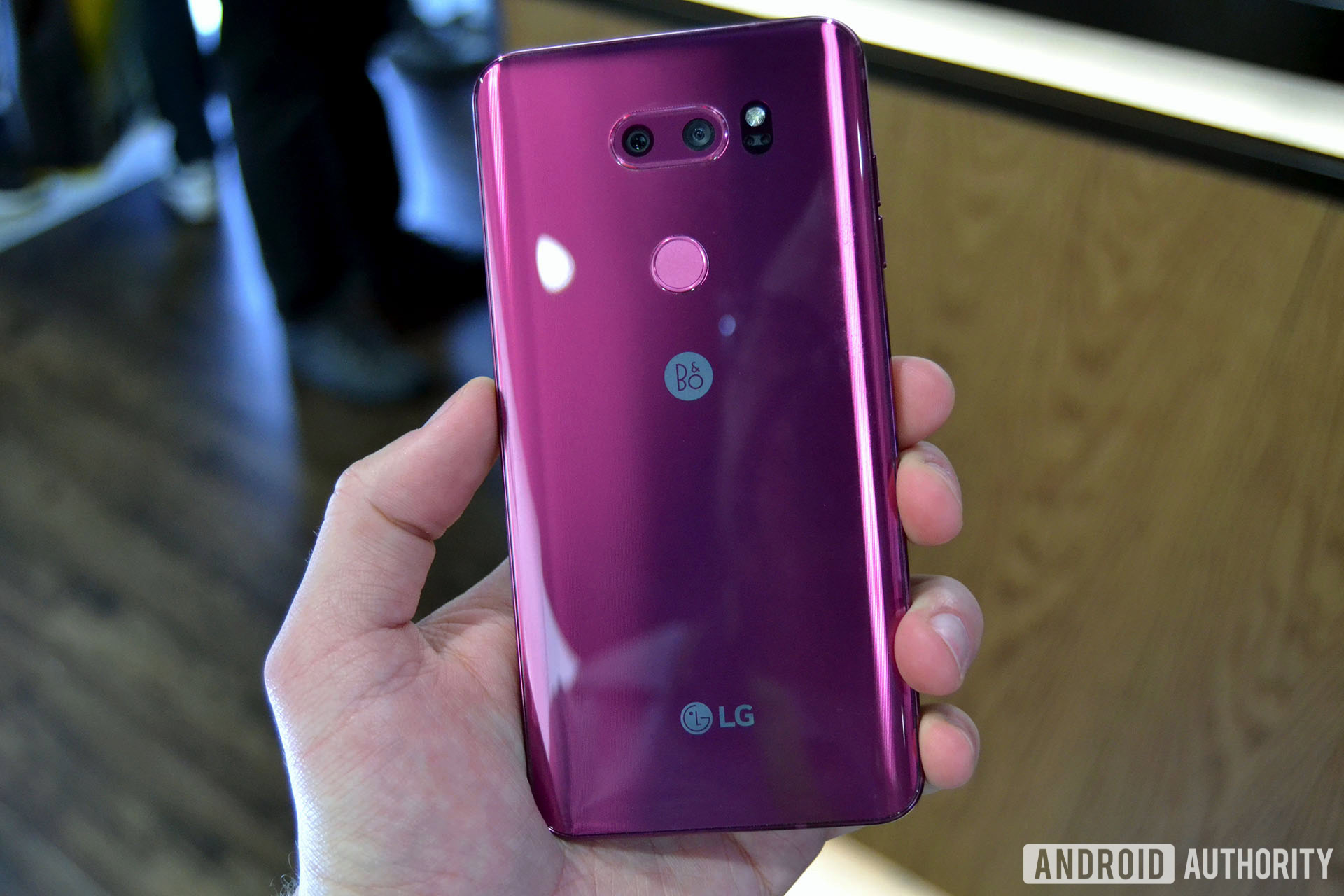
It’s a disappointing situation, especially given that LG doesn’t have many important phones to update, but LG seems aware of the problem. The company opened a facility in South Korea in April dedicated to rolling out faster updates. It’s yet to bear any fruit, but for Android P, LG might be one to watch. You might as well write it off for Android Oreo, though.
12. Razer
Time to roll out first U.S. Oreo update: 238 days.
The Razer Phone is the first smartphone from gaming hardware company Razer, so a period of acclimation is only to be expected. Still, Razer only started rolling Oreo out to the Razer Phone on April 16, putting it at the back end of our list.
Razer was at least released a preview build for users to test out, but even that only landed a couple of weeks before. We’ve heard rumors that Razer is working on a sequel. Here’s to hoping updates are one of the areas it improves.
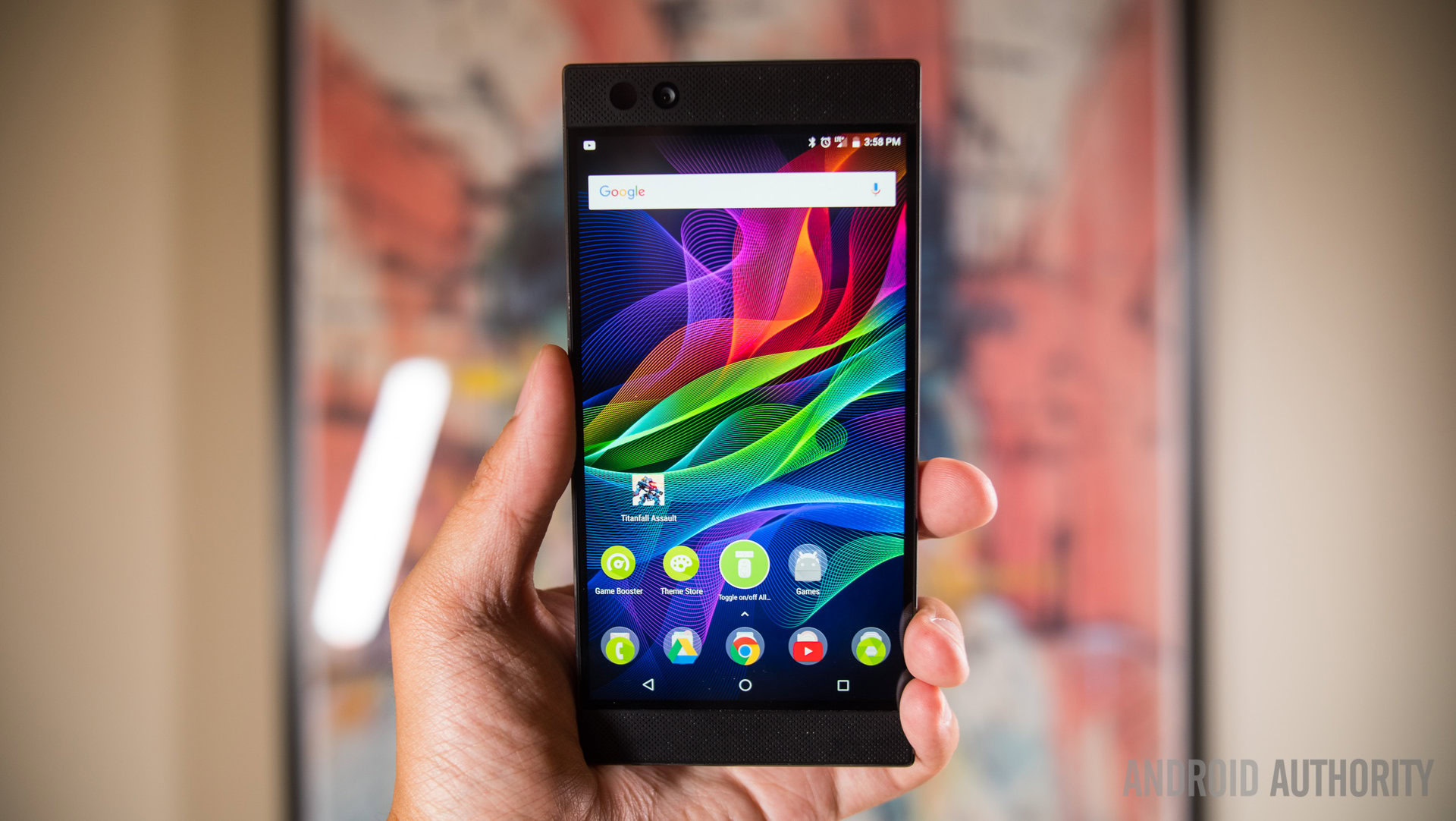
Which manufacturer has most impressed or disappointed you with Android Oreo updates? Give us your thoughts in the comments.